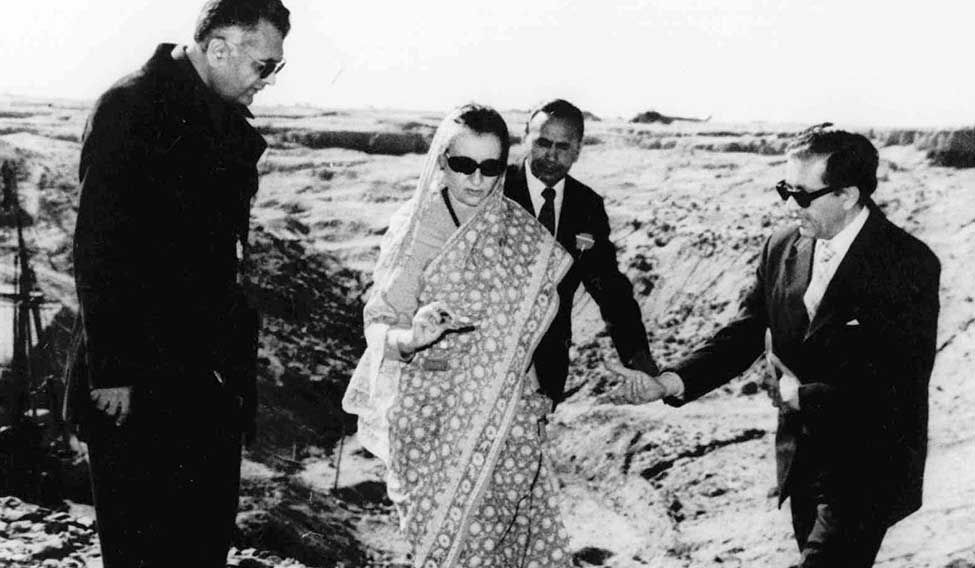Though the 1965 war ended in a military stalemate, two sudden deaths in its wake shocked India. From the stalemate and shock emerged a nation determined to defeat all odds.
The ceasefire of September led to the Indian and Pakistani armies going back to their earlier positions. With the consent of US president Lyndon Johnson and British prime minister Harold Wilson, Soviet leader Alexei Kosygin played the honest broker. He invited Lal Bahadur Shastri and Ayub Khan to a summit in Tashkent.
Ayub again played hardball, and is said to have cajoled Shastri into agreeing to vacate Haji Pir, a strategically important mountain feature which India had captured in the early stages of the war. The military opinion was against conceding Haji Pir, but Shastri is said to have been prevailed upon by Ayub and Kosygin.
But the real shocker for India was the sudden death of Shastri on the night of January 11 in Tashkent. Many in India suspected foul play and the suspicion lingers to this day.
An equally big shock came two weeks later. The very day Indira Gandhi was sworn in as prime minister, Homi Bhabha was killed in an airplane crash in Switzerland. The great nuclear scientist was believed to have been close to making a nuclear bomb, and had publicly urged Shastri to permit him to explode a device in response to the Chinese test of 1964.
Thus 1966 dawned on India in an atmosphere of gloom and suspicion. The war had been 'drawn'; Shastri had died in 'mysterious' circumstances, and so had Bhabha.
But the gloom brought out the best in India and Indira. Soon she finessed her political rivals, entered into a tactical understanding with the communists, nationalised private banks, mouthed socialist slogans, split her Congress party and went for a mid-term poll, which gave her a brute majority.
On the other hand, in Pakistan the picture changed completely. Ayub lost his swagger, and his political leadership came to be questioned. Soon, another general, Yahya Khan, eased him out.
Yahya held elections but when the Awami League of East Pakistan won the majority, he refused to concede power, apparently at the behest of his crafty foreign minister Z.A. Bhutto whose People's Party had given a bad show. The east rose in revolt, and Yahya sent in his army to quell it. India intervened, and Pakistan was dismembered.
Indira's greatest asset perhaps was her strategic sense, and an uncanny ability to marry her global strategic objectives through deft manoeuvring to domestic politics. As she moved towards the left in domestic politics, she also veered closer to the Soviet Union in global power politics. MiG-21s, armoured personnel carriers and tactical anti-tank missiles came in large numbers from the USSR, with technology to make them in India. By October 1970, more than a year before the war that dismembered Pakistan, the first Indian-built MiG-21 had taken to the air. In less than five years, Indira virtually rearmed India and led the country into its greatest military triumph.
And in 1974, exactly ten years after China exploded its nuclear device, she realised Bhabha's dream: she let her scientists explode an Indian nuclear device.












